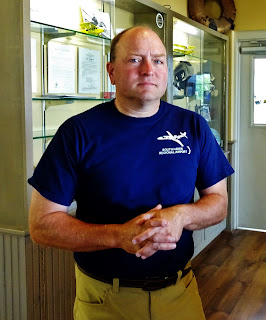for WMUK 102.1 FM
Southwest Michigan's NPR affiliate
Between the Lines is my weekly radio show about books and writers with a Michigan connection. It airs every Tuesday at 7:50 a.m., 11:55 a.m., and 4:20 p.m. (or listen anytime online), on WMUK 102.1 FM, Southwest Michigan's NPR affiliate. I am the host of Between the Lines.
This week's guest: Susan Harrison
 |
| Susan Harrison |
It isn't easy finding the right words when a family member or friend experiences grief or loss. It’s even harder when that person is a child. But Susan Harrison, a writer, musician and puppeteer in Kalamazoo, has found a way to ease the pain and bring about healing by combining her various skills. Her Going on a Journey is a picture book for children that features vivid illustrations by Conrad Kaufman.
“It is really appropriate for any age,” Harrison says. “It can be about losing a loved one, or it can be about any kind of grief someone is experiencing, like bullying or being lonely. If you don’t know what to say, you can offer Going on a Journey as a gift.”
The story and the illustrations take the reader on a puppy's journey as he finds himself lost in the dark woods. The puppy struggles to ...
READ THE COMPLETE ARTICLE AND VIEW VIDEO AT WMUK.
LISTEN TO BETWEEN THE LINES AS IT AIRS. (8:13)
LISTEN TO THE COMPLETE INTERVIEW. (14:08)
BROWSE OTHER BETWEEN THE LINES INTERVIEWS.














